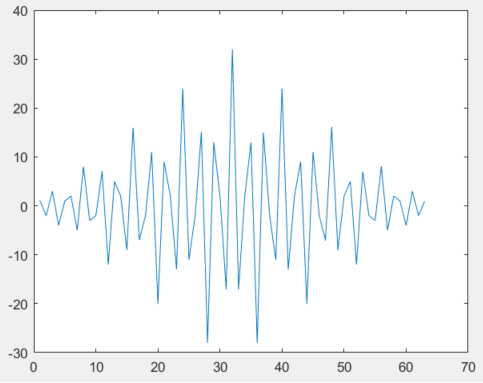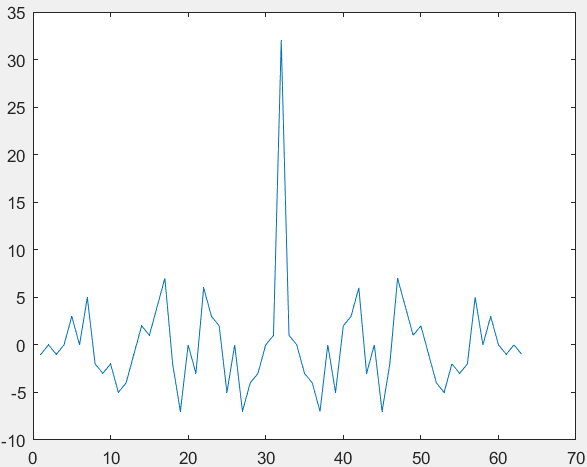Other Parts Discussed in Thread: CC1352P7
Tool/software:
Device: CC1352P7 (LP_CC1352P7_1)
SDK: SimpleLink CC13xx/CC26xx SDK 8.30.01.01
IDE: Code Composer Studio
Configuration:
- Modulation: 4-GFSK (
formatConf.fecMode = 0x09) - Symbol Rate: 500 kbaud (1 Mbps data rate, 2 bits/symbol)
- Deviation: 125 kHz (modulation index h = 0.5)
- Carrier Frequency: 865.5 MHz
RF_cmdPropRadioDivSetup.formatConf.fecMode = 0x09; RF_cmdPropRadioDivSetup.modulation.deviation = 500; // 125kHz / 250Hz
Issue:
Implementing point-to-point communication where Device A transmits and Device B responds using chained RF commands (RX→TX). Communication is stable for few minutes, then the receiving device progressively misses packets.
What I've Verified:
- Timing alignment confirmed via GPIO measurements - RX window opens before TX
- Same implementation works reliably with 2-GFSK configuration
- Tested with RX Filter BW: 1092.5 kHz and 1883.7 kHz - both exhibit same degradation
Sync Word Behavior:
0x5A5A5A5A- No reception at all0xF498E83A- Initial success, then intermittent packet loss after 2-5 minutes
Questions:
- Sync Word Requirements: Are there specific autocorrelation or pattern requirements for 4-GFSK sync words? Why would
0x5A5A5A5Afail completely while0xF498E83Aworks initially? - Frequency Synthesizer: Does 4-GFSK require longer FS settling time compared to 2-GFSK? Could repeated frequency adjustments cause instability over time?
- Time-Based Degradation: What could cause 4-GFSK reception to degrade over minutes while 2-GFSK remains stable?
Any guidance on proper 4-GFSK configuration for reliable long-duration bidirectional links would be appreciated.

D0: Master TX
D1: Master RX
D2: Slave TX
D3: Slave RX




